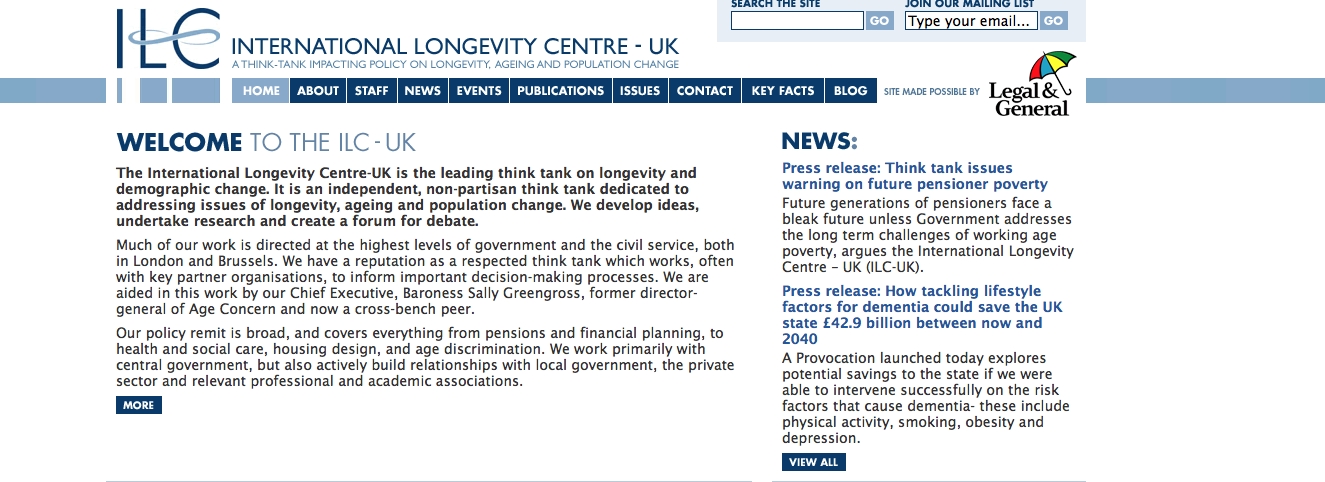
New research has shown that consumers should not be shunning annuities on the basis of value for money, according to the International Longevity Centre UK.
Many lifetime annuities offer fair value for money according to the study by Jonquil Lowe of the True Potential Centre for the Public Understanding of Finance at The Open University Business School.
The report, which has been published today by the International Longevity Centre UK, also argued that consumers may poorly understand the protection against longevity risk.
The report stated that falls in annuity rates over the past 25 years meant that an individual who wanted to start retirement with a nominal income of £10,000 would have needed a pension pot of £65,000 in 1990 but over £175,000 by 2013. Researchers said this led to a commonly held view that annuities were a bad investment - overlooking the insurance value of annuities - particularly in the face of increasing longevity.
The research confirmed that the major determinants of annuity rates were life expectancy and long-term interest rates.
{desktop}{/desktop}{mobile}{/mobile}
Report author Mr Lowe found that some annuity consumers were getting more than value for money based on a Money Worth Ratio of more than 1.
For most people buying the best value annuities (average of the top three rates), the MWR at all ages for women and at ages 55 to 70 for men was greater than 0.85.
This was within the usual range for MWR, and therefore does not suggest an excessive mark-up by providers, said Mr Lowe.
Mr Lowe, a lecturer in personal finance at The Open University, said: "This much maligned financial product should ideally still play a key role in most people's retirement planning and in the free, impartial guidance for every retiree promised as part of the government's pension liberalisation package.
"A fall in annuity rates associated with increasing life expectancy does not equate to a fall in value for money.
"Rather, it represents a spreading of value over a longer period."
Even the worst annuity rates generally delivered value for money to women, the report found, with the exception of those with standard life expectancy aged 75. The worst annuity rates offered poor value for money to men, however, with the exceptions being men with higher-than-average life expectancy aged 55 or 60.
The results suggested consumer detriment to those male annuity purchasers who end up on the worst rates, but otherwise a product that is generally delivering value for money.
Mr Lowe argued that annuities should be viewed through a consumption frame, focusing on what can be spent throughout the remaining life course, suggesting that if advisers and individuals are using an investment frame, the focus will be on rate of return and investment risk, but not longevity risk.
However, the report pointed out that annuities might not be the right option for everyone.
David Sinclair, Director, International Longevity Centre – UK, said: "The research dispels the argument that consumers should automatically shun annuities on the basis of value for money.
"But given the gap between the best and worst annuities in terms of value for money, it is vital that we continue to encourage and support retirees to shop around in order to get the best value annuities."

